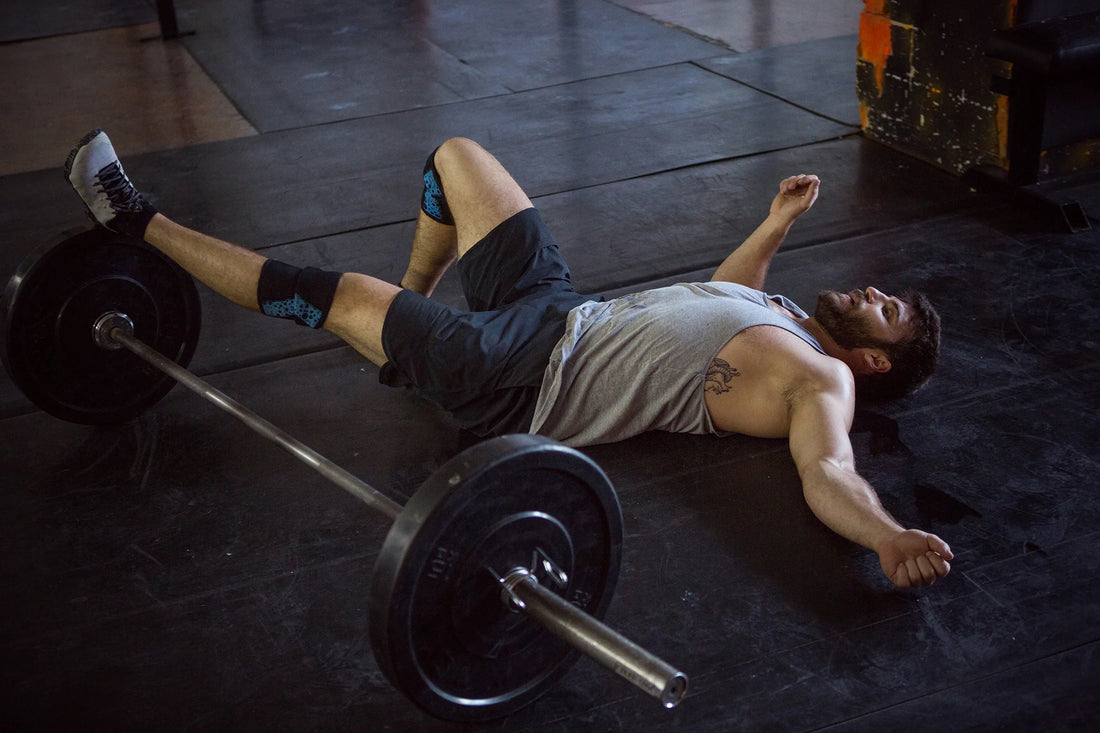
The Science of Sleep for Powerlifters: Your Ultimate Recovery Tool
In powerlifting, we obsess over programming, nutrition, and gear. But the most powerful, legal, and free performance-enhancing tool available to you is sleep. It's during sleep that your body repairs muscle, consolidates learning, and regulates hormones crucial for strength. This guide will provide a deep dive into the science of sleep and offer practical strategies for powerlifters to optimize their nightly recovery.
![]()
Why Sleep is a Non-Negotiable for Strength
Skimping on sleep is like trying to build a house without cement. The structure will eventually collapse.
-
Hormonal Regulation: Sleep is critical for regulating key hormones.
- Growth Hormone (GH): The majority of your daily GH, which is vital for muscle repair and growth, is released during deep sleep.
- Testosterone: Sleep deprivation has been shown to significantly lower testosterone levels, which directly impacts strength and muscle mass.
- Cortisol: Lack of sleep increases cortisol, a stress hormone that can promote muscle breakdown and fat storage.
- CNS Recovery: Your Central Nervous System recovers primarily during sleep. Inadequate sleep leads to CNS fatigue, resulting in reduced strength, power, and motivation.
- Motor Learning: Your brain consolidates new motor patterns—like the technical refinements you made to your squat—during REM sleep.
As detailed in scientific literature and by health institutions like the U.S. National Institute of Neurological Disorders and Stroke, sleep is an active period of systemic restoration.
Practical Sleep Hygiene for Powerlifters
"Sleep hygiene" refers to the habits and environment that are conducive to sleeping well.
1. Consistency is Key: Go to bed and wake up at roughly the same time every day, even on weekends. This helps regulate your body's internal clock, or circadian rhythm.
2. Create a "Sleep Sanctuary":
- Cool: Your body temperature naturally drops to initiate sleep. A cool room (around 18°C / 65°F) can facilitate this.
- Dark: Use blackout curtains or an eye mask. Darkness signals to your brain that it's time to produce melatonin.
- Quiet: Use earplugs or a white noise machine to block out disruptive sounds.
3. The Wind-Down Routine: In the 60-90 minutes before bed, create a relaxing routine.
- No Screens: The blue light from phones, tablets, and TVs can suppress melatonin production.
- Read a Book: (A physical book, not a screen).
- Light Stretching or Meditation: Can help calm the mind and body.
- Take a Warm Bath: The subsequent drop in body temperature after getting out can help induce sleep.
4. Be Smart About Stimulants and Food:
- Caffeine: Avoid caffeine for at least 6-8 hours before bed.
- Alcohol: While it may make you feel drowsy, alcohol disrupts deep and REM sleep cycles later in the night.
- Large Meals: Avoid very large, heavy meals right before bed, which can cause digestive discomfort.
You can have the perfect training program, but without consistent, high-quality sleep, you will never reach your full potential. Treat your sleep with the same seriousness and discipline as you treat your training. By optimizing your sleep hygiene, you are providing your body with the fundamental tool it needs to recover, adapt, and grow stronger.








